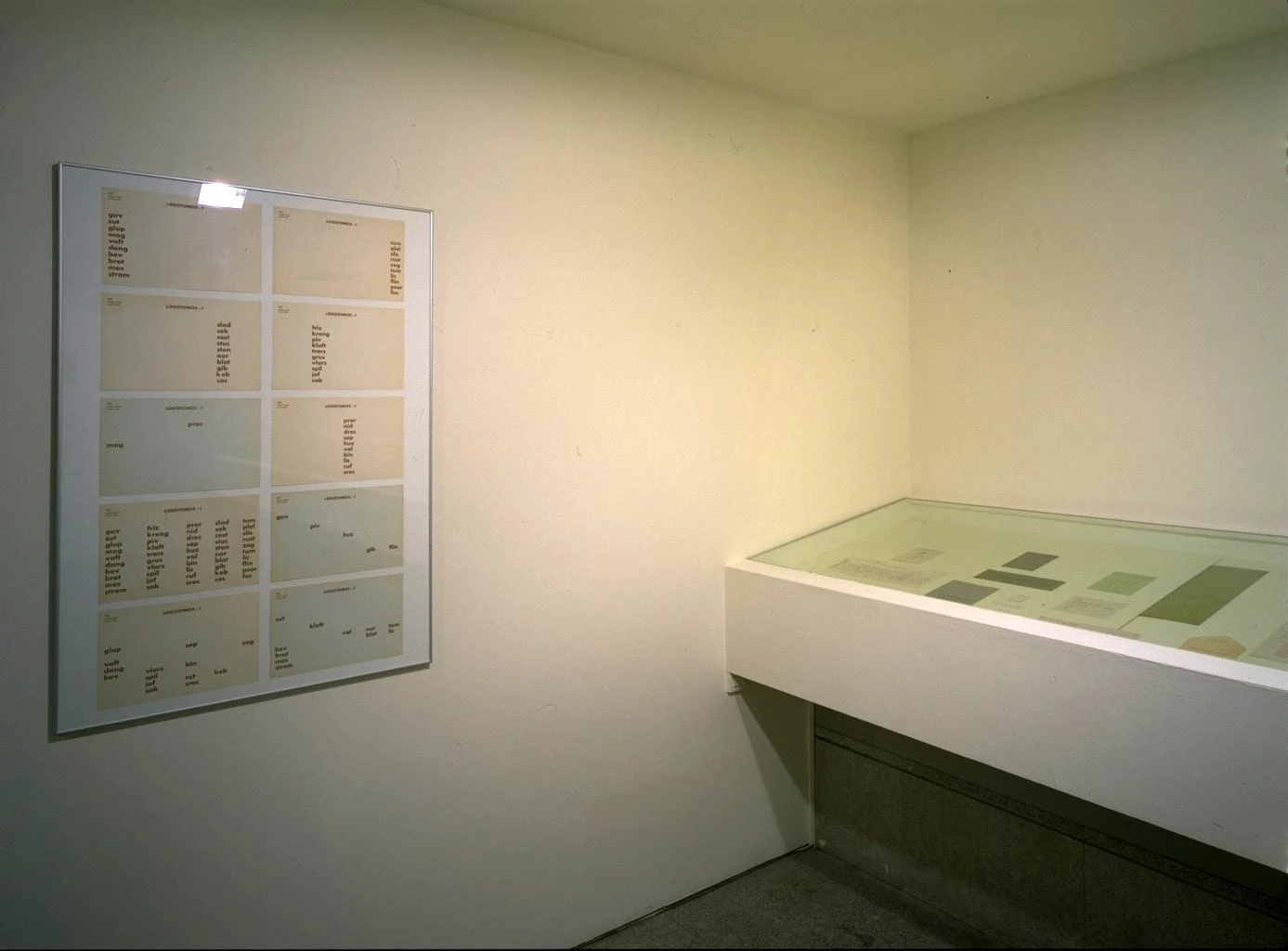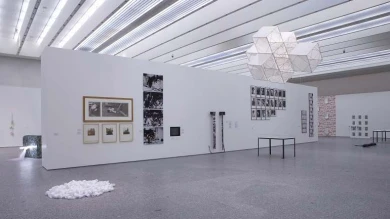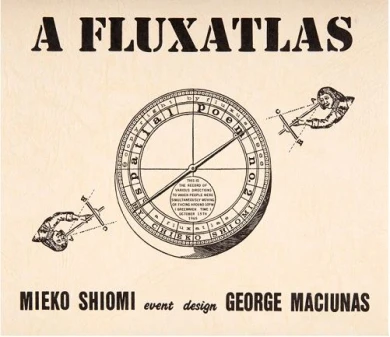ZAJ

<p></p>
To begin with Zaj was associated with the Fluxus movement, with whom they share the urgency of a creation that is embodied in the displacement of the specific boundaries of each artistic discipline. In this way, Zaj recognises its aesthetic and formal debt to: Eric Satie, Filippo Tommaso Marinetti, Macel Duchamp, Buenaventura Durruti and John Cage. Additionally, Zaj is characterised by the precise description of their actions, which leaves no room for improvisation or for the spectator’s participation.
The more than two hundred and fifty pieces brought together document the history of the group, its actions, its working methods and its relationship with the public (through notifications and invitations). Also, the collection accounts for its participation in international projects of particular relevance in the Fluxus art scene, such El tren de John Cage. A la búsqueda del silencio perdido (1978), its U.S. tour in 1973, the sporadic organisation of Zaj concerts and festivals, as well as the action Viaje a Almorox, made in 1965.
The numerous works on paper (advertisements, programmes, letters, texts) account for its forays into mail art and the special importance attached to language, taking it to a visual level, as seen in: Hidalgo’s El sobre verde (1965), Eugenio de Vicente’s Calendario Universal (1967), or in Ramiro Cortés’ Zuj (1968). These works reveal the acknowledgement and use of resources characteristic to avant-garde typography (assessment of blank spaces converted into silence, offsets and rupture of typographical space, graphic compositions ideation), with which in turn renew avant-garde writing through the displacement of meanings and the representation of language. Its musical theatre pieces (which Hidalgo called etceteras) take the visual and sound to the realm of metaphor, between the everyday and the symbolic, and appeal to the literal relationship between object and language, like in Marchetti’s Música para un vaso no muy grande (1965) .
Given the experimental and conceptual nature of its work it extends to different media: artists' books such as Castillejo’s La caída del avión en el terreno baldío (1966), Hidalgo’s Viaje a Argel (1967) or Marchetti’s Arpocrate seduto sul loto (1968). In addition, texts, musical scores, musicals, photographs and Duchampian reminiscent objects such as Ferrer’s Pavé-valise (1975). The photograph appears in a double sense, as a work -see the case of Hidalgo’s Flor y hombre (1969)- and graphic documentation of its concerts and activities, as is evident in El recorrido japonés, 1963, Hidalgo’s 6 minutos para dos intérpretes y 3 posiciones de contacto (1966), or in Ferrer’s Íntimo y personal (1971). Although Zaj has never been dissolved as a group, the exhibition devotes a space to a selection of the individual and more recent work of the three main members: Ferrer, Hidalgo and Marchetti.
Artists
Organised by
Museo Nacional Centro de Arte Reina Sofía
Image gallery


